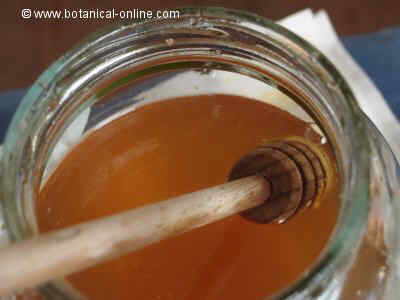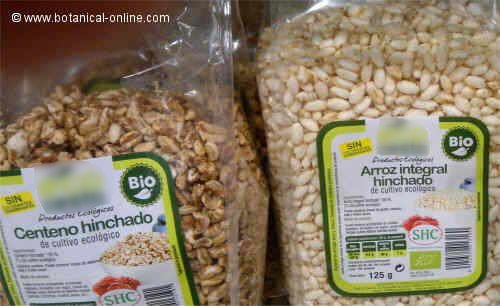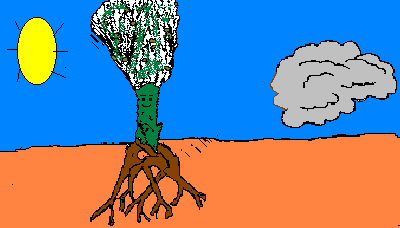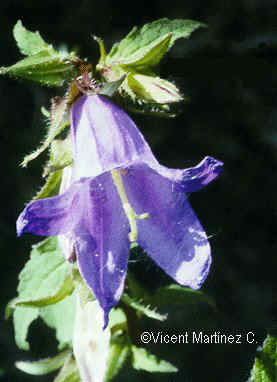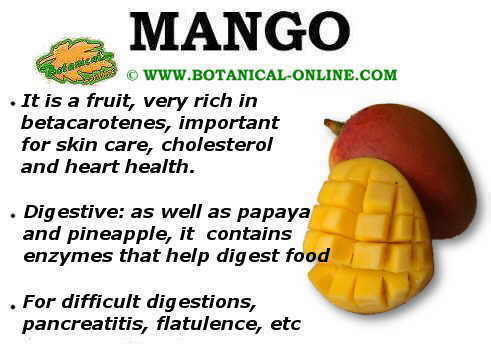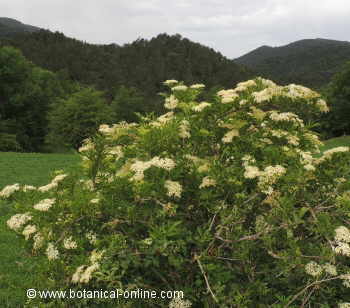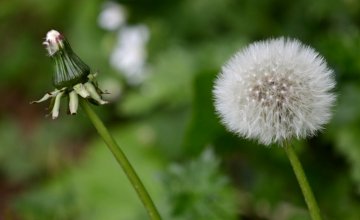Contents
What is a millet plant?
Characteristics of millet (Panicum miliaceum)
Common English name:proso, proso millet, wild proso millet, common millet, white millet, broomtail millet,, broomcorn millet, broomtail millet, hog millet, red millet, blackseeded proso millet, panic millet, wild millet, panicum,
Scientific name:Panicum miliaceum L; Panicum miliaceum var. miliaceum L; Leptoloma miliacea (L.) Smyth; Milium esculentum Moench; Milium paniceum Mill.
*See: Millet in other languages
Family: Poaceae or Gramineae
Habitat: Where to find millet?
Thanks to its characteristics, it is easy to grow and maintain, reason why it develops mostly in poor areas where land is more arid, the temperature is high or warm with plenty of sunshine and little rainfall. Its cultivation requires little water.
90% of consumption of millet production is carried out in developing countries.
Therefore, it is a common wild plant and grows widely in Russia, China, Japan, India and Southern Europe, although it is believed that its region of origin was Central and Eastern Asia.
Description of the millet plant
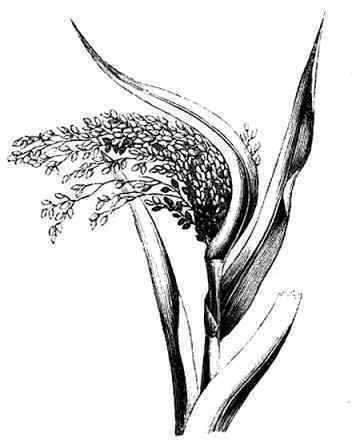
Botanical illustration
Millet is an annual plant of the grass family (Gramineae or Poaceae), with fine and long stems, measuring from half a meter to nearly 2 meters high. They are covered by fuzzy-like filaments a few millimeters thick.
It produces an open, branched, compact or unilateral panicle,
Its light green leaves are long, wide and open, pointed, among which some lighter green spikes grow. They contain a couple of flowers.
Within the spikes we find the seeds or grains we eat as a cereal. They show different colors and are surrounded by bracts. Their size varies depending on the different varieties, but they are about 3 millimeters. Thousand seeds weigh an average of 5g
Its fruit is a small grain seed with yellowish appearance, which is edible. It generally grows between July and September.
How is millet grain like?
Like all grains, millet grain has the same structure, that is, the fruit of the plant normally coincides with the seed or grain, which we refer to as cereal.
This seed is composed of several parts, from the innermost called germ, which is the part of the cereal with the highest nutrient content, followed by the endosperm surrounding the germ that mostly has a high starch content. Finally, an external layer called pericarp, commonly known as bran, which surrounds the two previous parts and protects them against external aggression.
Both, the germ as the pericarp, are removed in the refining process of cereal. Therefore, the more refined the product becomes, the more its respective content in nutrients and fiber is lost.
* More information: Parts of cereals
Varieties of millet
There are some varieties of millet showing grains with different colors, from a highly whitish grain to a more golden yellow, reddish or even black.
- White variety is larger but more tasteless due to the refining system it has been submitted to it. It is ideal for very high tasty dishes, although its mineral content has diminished by the refining process.
- Gold veriety is tastier, making it more pleasant to the palate, if you want to eat alone.
- Red millet is the one mainly used for the production of animal feed, especially to feed birds and some farm animals.
- Pearl millet is the most susceptible to become rancid because it has a higher fat content.
Species of millet
The name of the most commonly consumed species is proso millet (Panicum milliaceum), which is the one with the larger size grain, but there are other varieties of smaller grain, such as:
- Pearl millet (Pennisetum glaucum)
- Finger millet, koracan, caracan millet, red millet, ragi (Eleusine coracana)
- Foxtail millet, Italian millet, German millet, Hungarian millet, Giant setaria, dwarf setaria, foxtail bristlegrass (Setaria itálica)
- Little millet (Panicum sumatrense))
- Kodo millet (Paspalum scrobiculatum)
Millet cultivation
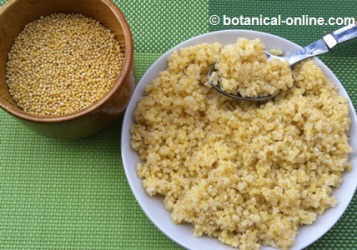
Photography of raw millet (left) and cooked (right).
Millet, in addition to being widespread in areas where it is regularly consumed par excellence, adapts very easily to the arid climates of these areas. It tolerates high temperatures, dry soils, low rainfall and rocky areas.
Moreover it requires a much lower amount of water compared to other cereals, because it has a period of cultivation, collection and growth that usually does not exceed 2 months time,
Not very susceptible to pests, although ver appreciated by some animals, like birds, which often eat the grain being in the mature phase, spoiling the crop.
Something to consider when growing it is that it can not compete, and therefore grow, if there are weeds around. It does not tolerate very humid climates, because it becomes rotten inside.
How can millet be consumed?
Millet is typically consumed as a cereal, like wheat, barley or rice, among others. It depends on the customs of the region a cereal is consumed according to its culture and climate.
Pearl millet, is currently undergoing an expansion of consumption compared to other kinds of millet.
It is grown in many areas both North and South America and in Eastern Europe, Russia and surrounding areas, where consumption is moderate and it is commonly used as animal feed, particularly for birds.
In other parts of Africa, India and Asia is consumed as a staple of their diet.
Nutritional value of millet
Like all grains, it is rich in complex carbohydrates. Millet is a very nutritious cereal for its high content in lecithins (a type of fat that benefits the nervous system), proteins, and above all, it contains a lot of fiber.
![]() More information on millet.
More information on millet.

